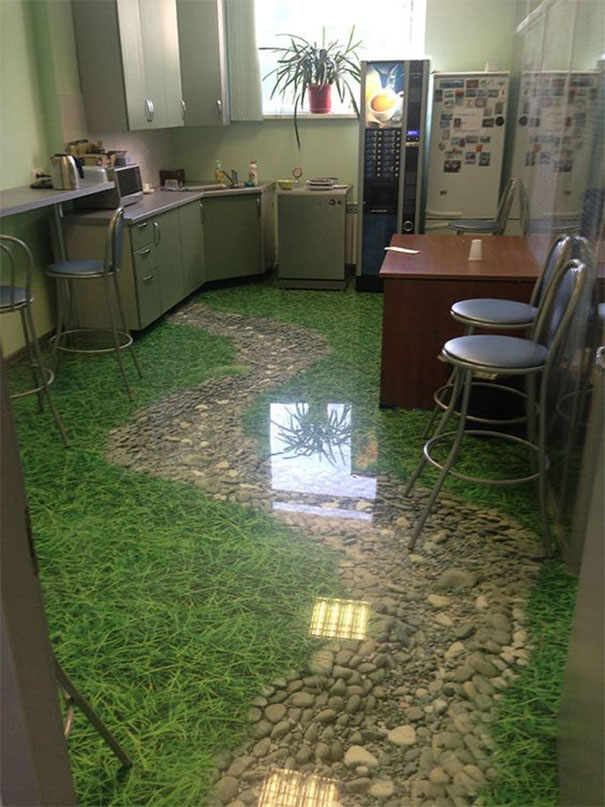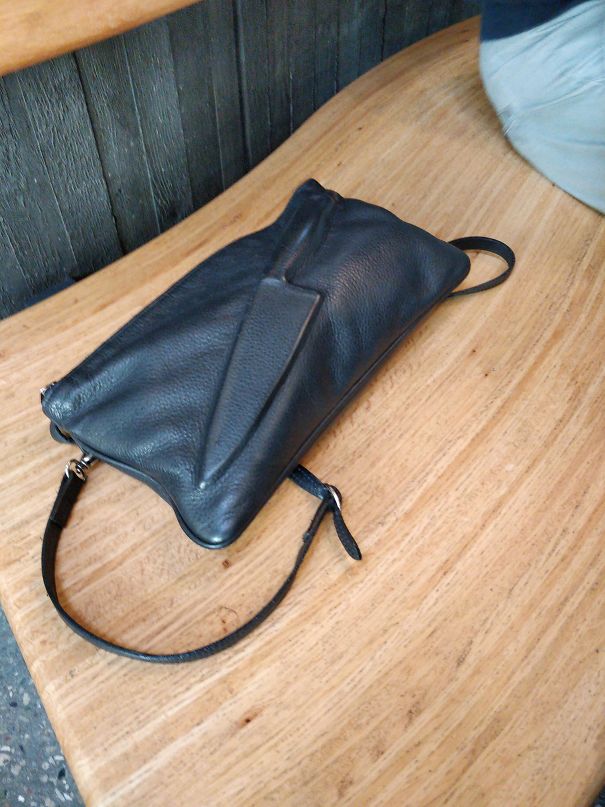Surprisingly, there are quite a few displays of quality craftsmanship made in the least elegant, thoroughly bad design. Inspired by the subreddit, Bored Panda has collected a list of gaudy, tacky, overdone, and otherwise tasteless design fails yet done so well, you won’t know whether to love or hate these funny things. From dog slippers made to look exactly (and I mean exactly) like the client’s pet to a car with a full chrome bodywork, scroll down to check out the worst fails of aesthetics and upvote your faves!
Thought This Might Fit Here

“Since most people cannot say much about why they like something, it seems as though good taste is just the ability to identify a shared preference, nothing more,” Dwight Furrow wrote on “But looked at from the perspective of artists, musicians, designers, architects, chefs and winemakers, etc. this answer is inadequate. It doesn’t explain why creative people, even when they achieve some success, strive to do better. If people find pleasure in what you do and good taste is nothing more than an ability to identify what other people in your social group enjoy, then there is little point in artists trying to get better, since the idea of “better” doesn’t refer to any standard aside from “what people like”. So it seems like there must be more to good taste than that.”
But Why

And that’s not all. Good taste can’t be solely a matter of having a sense of prevailing social conventions because artists and critics often produce unconventional judgments about what is good and what is a bad idea. Instead, having good taste seems to often involve knowing what is truly excellent or of genuine value, which may have little to do with social conventions.
Saw This Car Filling Up At A Gas Station In Illinois And Did A Double-Take. The Top Tires Spin Too!

Even philosophers have tackled good taste. “David Hume, the 18th Century British philosopher, argued that good taste involves “delicacy of sentiment” by which he meant the ability to detect what makes something pleasing or not. In his famous example of the two wine critics, one argued that a wine is good but for a taste of leather he detected; the other argued that the wine is good but for a slight taste of metal. Both were proven right when the container was emptied and a key with a leather thong attached was found at the bottom.”
Staff Kitchen

50 Pics That Are So Ridiculously Random, You Can’t Help But Laugh
Thus, according to Hume, good taste was roughly what excellent blind tasters have—the ability, acquired through practice and comparison, to taste subtle components of a wine that most non-experts would miss and pass summary judgment on them. “The same could be said of the ability to detect subtle, good-making features of a painting or piece of music. The virtue of such analytic tasting of wines is that the detection of discreet components can at least in theory be verified by science and thus aspires to a degree of objectivity. Flavor notes such as “apricot” or “vanilla” are explained by detectable chemical compounds in the wine. The causal theory lends itself to this kind of test of acuity since causal properties can often be independently verified.”
So, someone practiced at discerning elements that ordinary perceivers would miss could be said to have good taste.
This Handbag

But, for example, a wine taster can identify a whole bowl of various fruit aromas wafting from a wine, pronounce the acidity to be bracing and the tannins fine-grained but firm and still have said little about wine quality. “Wine quality is a function of structure, balance, complexity, and intensity supplemented by even less concrete features such as deliciousness, power, elegance, gracefulness, or refreshment. None of these features can be detected by analytically breaking down a wine because they are inherently relational, just as describing a painted surface as garish or a piece of music as lyrical would involve relations. No single component can account for them; it is a matter of how the components are related. In wine, even a prominent feature like acidity is not merely a function of Ph; perceived acidity differs substantially from objective measures of acidity and is influenced by the prominence of other components such as sugar and tannin levels. None of these relational properties seem amenable to scientific analysis. I doubt that gas chromatography can identify elegance; a wine’s balance cannot be appreciated by measuring PH and sugar levels.”
Any Van Gogh Fans Around?

So, Furrow argues that identifying these aesthetic features involves a holistic judgment, not an analytic one. “The wine as a whole must be evaluated just as evaluating painting or music involves judgments about the work as a whole. But although these holistic features in a wine are a product of fruit, acidity, and tannic structure no list of wine components will add up to a wine being balanced, elegant or delicious.”
Impressed By The Skill, Horrified By The Look



